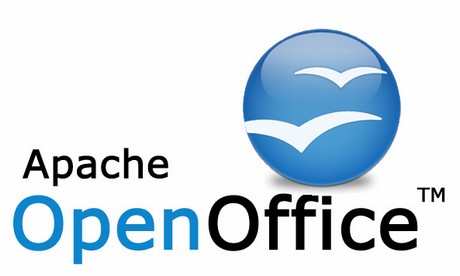The word “free” is one of the most powerful tools in a business owner’s arsenal. It’s not just a marketing gimmick—it’s a proven way to drive massive traffic, attract attention, and build a loyal user base. But how does offering something for free actually make money? And is it a viable business model for your venture?
Let’s dig into how “free” works, the different models behind it, and when it might (or might not) make sense for your business.
The Power of Platform Traffic
When you offer a product or service for free, especially in a digital environment, you open the door to significantly increased traffic. People love free things. That traffic, in turn, becomes valuable to advertisers.
Take Google or Facebook, for example. Their core platforms are free to users. Yet, both generate billions in revenue—by monetizing the enormous audiences they attract. Advertisers pay top dollar to display ads to targeted users on these platforms. In essence, users “pay” with their attention and data.
This model works particularly well when:
- You have a scalable platform
- Your user base is large
- Advertisers can target specific audiences
If you’re building a software product, a community, or any tool that attracts a crowd, free access may be your ticket to building an audience that advertisers find irresistible.
The Freemium Model: Free with a Premium Twist
Another widely adopted strategy is the “freemium” model. With freemium, you offer a basic version of your product or service at no cost. Then, you charge users who want premium features or an enhanced experience.
Think of services like Spotify, Zoom, or Dropbox. The free tier is good enough to draw users in, but the premium version offers more storage, higher quality, or advanced tools.
Typically, only about 5–10% of users will convert to paid plans. But with a large enough user base, those conversions can fund the entire operation—and then some.
What makes freemium work?
- The free tier must deliver real value
- The upgrade path must be clear and compelling
- The cost of servicing free users must remain low
This model is especially attractive for software-as-a-service (SaaS) companies that have low marginal costs for each additional user.
Open Source: Free by Design, Funded by Services
Open-source software flips traditional product development on its head. Instead of hiring developers in-house, companies like Red Hat and Canonical leverage code created and maintained by global volunteer communities.
This dramatically reduces development costs, allowing these companies to offer the software itself for free. But here’s where the money comes in: businesses pay for enterprise support, custom solutions, or guaranteed updates.
Why would a company pay for something that’s available for free?
Because large organizations crave:
- Reliable support
- Security updates
- Legal accountability
Open-source companies package peace of mind, not just software. And in many cases, that’s worth the subscription price.
The Classic Model: Pay-to-Play
Before free and freemium models became widespread, software companies like Microsoft operated on a more traditional model. They invested heavily in developing software, then recouped that investment through licenses and upgrades.
This still works today in some industries—especially those that value reliability and long-term support over innovation. But in markets with fast-moving tech and low switching costs, this model is increasingly being challenged by free and freemium options.
So, Is a Free Product a Good Fit for Your Business?
That depends.
Free can work if you have a plan to monetize:
- Through advertising (like Facebook)
- Through upgrades (like Zoom)
- Through services and support (like Red Hat)
But offering something for free without a monetization strategy is just charity.
If your business has high fixed costs and no back-end revenue model, going “free” could be a fast track to financial ruin. On the other hand, if your product has network effects, is inexpensive to deliver, and has a path to monetization, “free” could be the smartest marketing move you ever make.
Ask Yourself These Questions:
- Can I afford to offer this for free?
- Is there a natural upsell path or advertiser appeal?
- Will free access create a competitive moat or attract the wrong crowd?
Some businesses may use free strategically—as a temporary promotion, a lead magnet, or a freemium foot in the door. Others build their entire model around it.
So, is using only free products a viable business model for your business? The answer lies in what you’re selling, who your users are, and how well you’ve designed the system behind your “free” offer.
How might your business leverage a free offering—whether through ads, freemium features, or support services—to attract more customers and increase long-term profitability?












